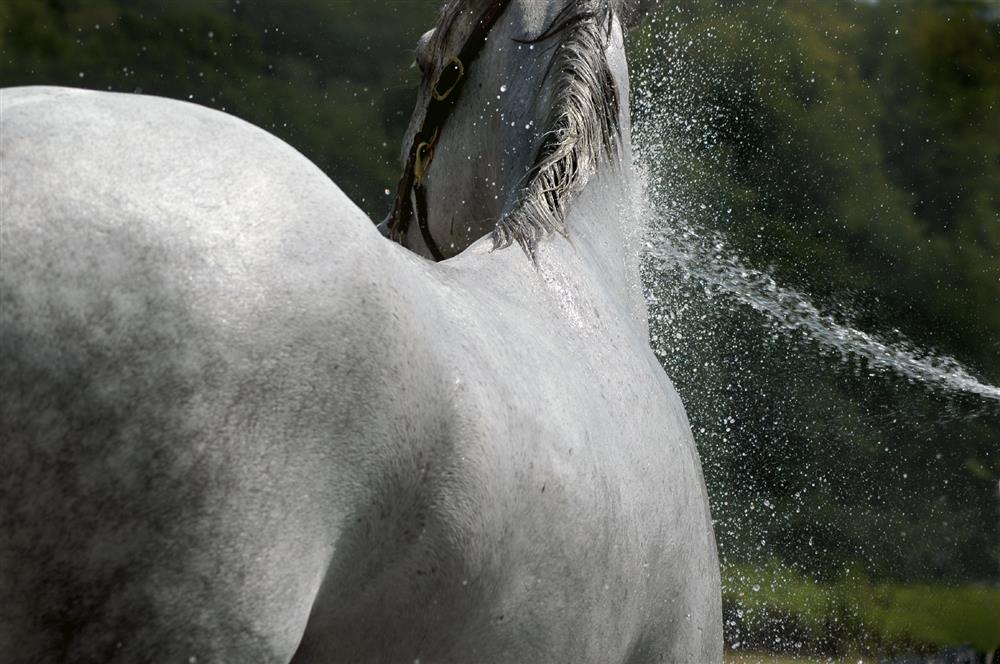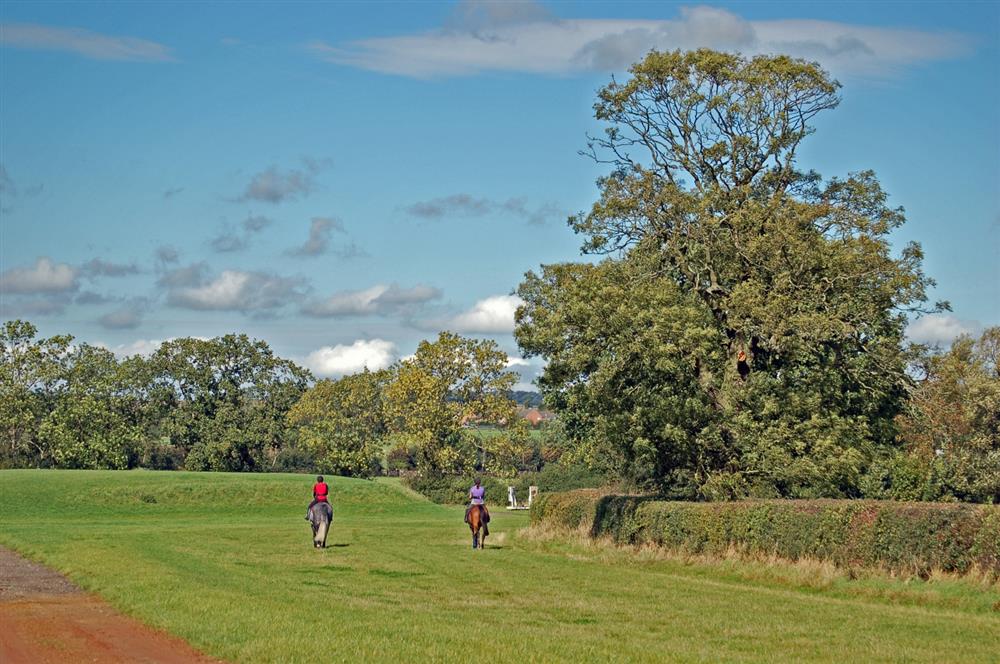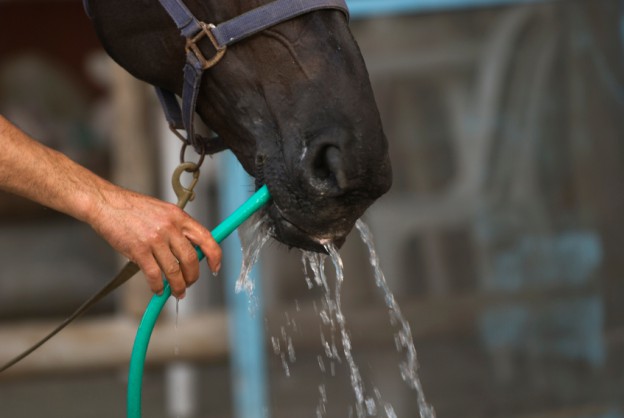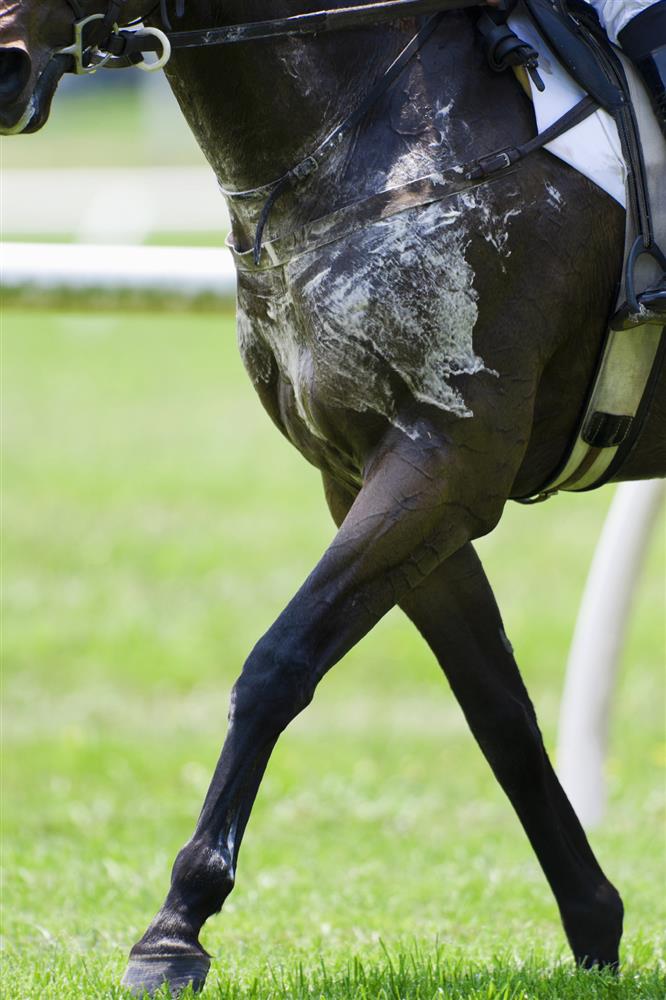Make the most of this summer with advice from the Feedmark team
If there’s one topic guaranteed to cause hot debate when temperatures soar, it’s how we should work our horses and the best way to care for them afterwards.
In the early 90s, general consensus was that we should protect horses’ joints by working them on a surface as much as possible but harden their tendons through slow road work. We were also told that the best way to keep horses cool was to wash them down with lukewarm water, because cold water would cause muscle cramp. Worst of all, experts advised that we should not allow horses to drink for half an hour before and after exercise.

How times change, and how our knowledge increases. Sometimes, it turns out that ideas which were accepted and then rejected as old-fashioned myths were actually true; for instance, the advice that you should never feed oats to children’s ponies has a grounding in truth, because oats are a source of quick-release energy and feeding them to a pony can be the equivalent of giving rocket fuel.
Other horse lore has been shown to be more myth than good practice, which is why we all need to keep up to date. Don’t assume that because you “only” hack, you don’t have to bother. It’s as important for the leisure rider to keep up to date as it is for the event rider or endurance specialist, because the more you know, the more chance you have of enjoying a long and happy partnership with your horse.
Here are some things to keep in mind this summer:
- If you’re competing on different surfaces, you need to train on different surfaces. For instance, if you’re preparing to event, you need to do sufficient canter work on grass, not just in a school. However, be cautious not to work your horse on ground that is too hard.

- In the heat, hacking out on the roads may be easier than an intense training session. Road work doesn’t harden or strengthen tendons. However, most authorities say that road work in walk, incorporating periods of five to ten minutes trot each time, will help build bone strength. Getting out of the arena will, of course, add interest to your horse’s routine. That assumes that you have access to or can travel your horse to a safe hacking area.
- Tendon boots do not give support, but they do give protection – as long as they are correctly fitted.
- The best way to cool a hot horse is to apply cold water all over, ideally by hosing. Cold water won’t cause muscle cramp.
- Be practical: find areas of shade, ensure vehicles are well ventilated and, if possible, parked in shady areas so they are cool for the journey home.

- Your horse should always have access to water – don’t take it away before you ride. The latest advice is that if a horse wants to drink as soon as he finishes work, he should be allowed to do so.

- Most horses will benefit from electrolytes in their feed, to replace those lost through sweat during hot weather or exercising. These should be fed on a daily basis to ensure optimum performance, as electrolytes are not likely to be replaced by forage or hard feed.

